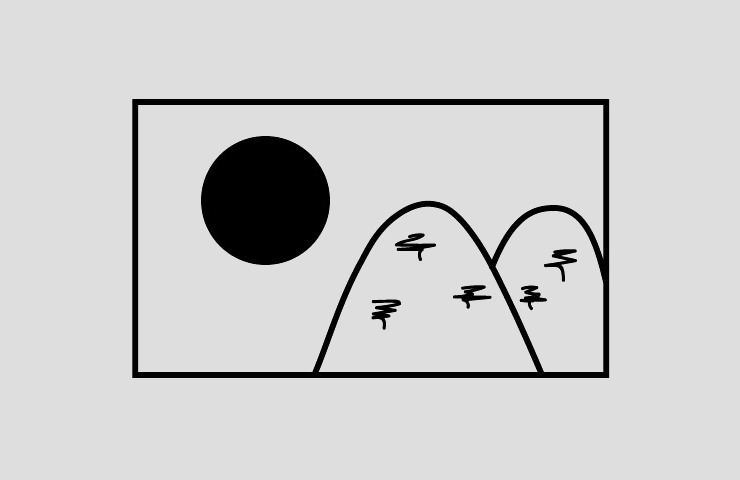This week’s readings on Problem-Based Learning (PBL) was really interesting to me as someone who is intrigued by pedagogical practices, however this is a concept that I think I would struggle with as a student and potentially as an instructor.
One of the parts of PBL that I know I would struggle with stemmed from one of the main criticisms of PBL. This criticism was that students had a hard time distinguishing what was important for them to learn, especially when they don’t have prior experience on the topic or subject at hand. This lack of direction would be something that I could see myself struggling and getting frustrated with as a student.
It is encouraging to see that there are many different ways to successfully teach new concepts and ideas to students. However, I feel like it can be hard for teachers to be excited about implementing these changes when one of the main criticisms of PBL is that it can put teachers in a bit of a time crunch in just how much material they are able to cover. Feeling pressed for time, and not able to adequately cover material is a reason that I might hesitate to adopt PBL and CBL into the classroom.
That being said, each of the articles from this week did a great job outlining the possible advantages of these methods too. Students are more engaged, they’re thinking more critically, they’re practicing skills that will be relevant to them in the working world and beyond. And these are just a few of the benefits! While I do have my reservations and am a bit skeptical as to how implementing PBL in the classroom would go, Homero’s article outlining it’s success in the engineering classroom was helpful to see that this learning style is possible! And that students genuinely like it. Something that I really value as a student is feeling like the things I am learning in the classroom are preparing me to go into industry. If that’s how these students felt after trying PBL, maybe I shouldn’t be so quick to knock it till I try it.
 Digital Pedagogy - Group Blog
Digital Pedagogy - Group Blog
The problem that it is heard for teachers to be excited about implementing changes you proposed is really great. Instructors always are in a situation that they need to count the time and make sure they can cover the materials for each class. As a instructor, I often look at the time and make sure I can explain what I planned for today’s class. The critisim that students sometimes can not distinguish what is important for them when they do the case-based learning. Indeed, teachers need to outline the directions and boundaries for students otherwise they will easily lost the track of real problem.
I definitely agree that it could be difficult for students to understand what it was most important to learn, especially if the project was not constructed well in the first place. I have been burned by having many not-well-constructed group projects in the past, and I could imagine that implementing good PBL would take a lot of troubleshooting on the part of the professor in order to make the learning objectives clear in that kind of non-traditional classroom style. I think soliciting student feedback is an important part of any PBL class, and that could potentially help with learning objectives as well (for instance, asking students what they thought the most important takeaways of the project/week were).
Hi Ellen,
Thanks for your post this week. You’re right, for PBL to be done well, it’s important for the instructor to scaffold it well and to give feedback often enough that students don’t feel as if they’re floundering or missing the point with the learning objectives. If PBL is new to some students, it may take some time for them to get into it. Coming from landscape architecture, we use PBL for almost everything because opportunities and constraints impacting site design are so complex, we pretty much HAVE to have it set up this way to be able to move forward. So in my experience, I have seen PBL used as one- and two- semester projects, where students really focus on one problem for a whole term. I have also seen it set up as a quick two- or three-week project as well, which can also really work. While you may have reservations about using it, the fact that you care about doing it well means that you would be the kind of person who is mindful of the pitfalls at the onset, and so you would likely create a great one. When it comes to teaching and learning, we all should lean into our strengths and what works for our students. PBL is a method and like all methods, it takes a little practice to find what is working and what isn’t, what works for the students and what doesn’t. So yeah, maybe you should develop one and try it out sometime!
I agree with you on critism and being pressed for time. I also beleieve the success of PBL is highly dependent on attitudes, conceptions and competencies of the teacher. If the teacher is open to change traditional teaching and prepared to cooperate and learn new approaches, PBL is going to succeed, as it is attuned to what we know now about successful learning.